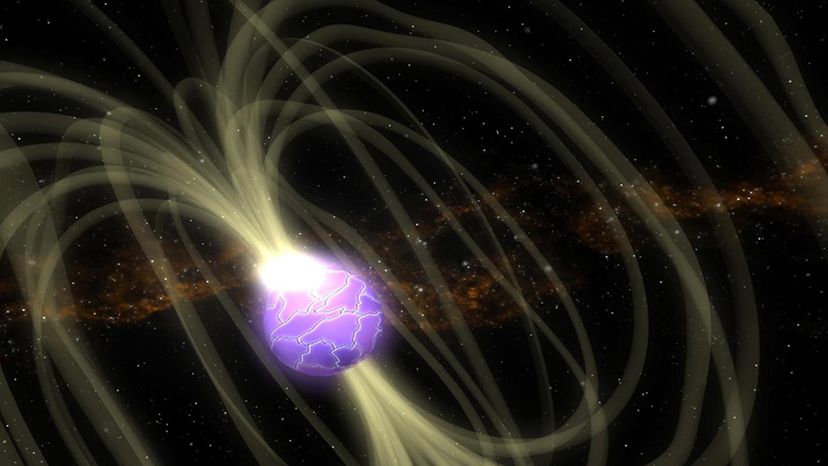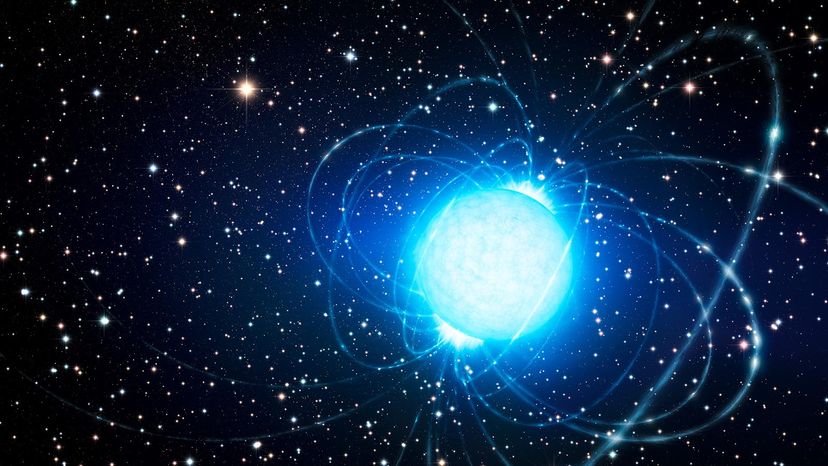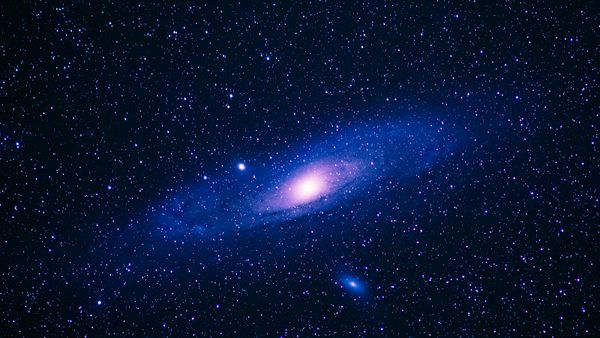
Our knowledge of the universe is always expanding, much like the universe itself. This means that we occasionally discover something new, or come up with a new model to explain data we didn't quite understand before. One such astronomical phenomena is the magnetar, a powerful type of neutron star that was first proposed in 1979. That year, astronomers suggested that certain blasts of gamma and X-ray radiation and radio pulses might be explained by stars with exceptionally powerful magnetic fields.
Since then, astronomers have identified dozens of magnetars in and around the Milky Way. If you're curious what a magnetar is, how they come to exist in the galaxy, and why astronomers consider them among the scariest objects in the universe, read on.
Advertisement

